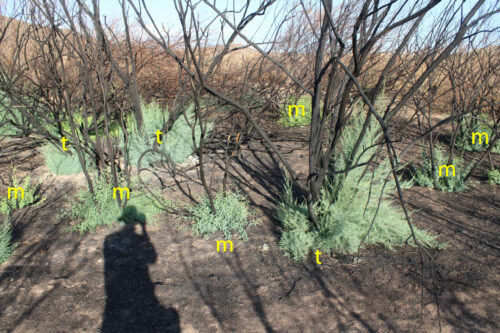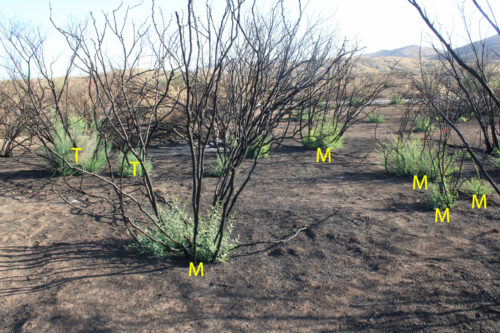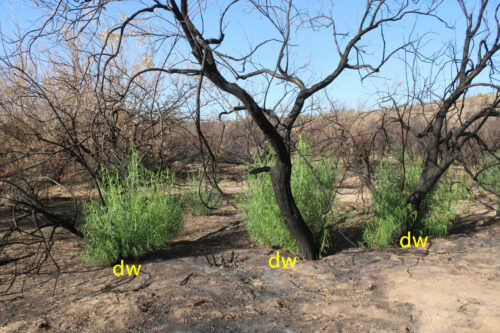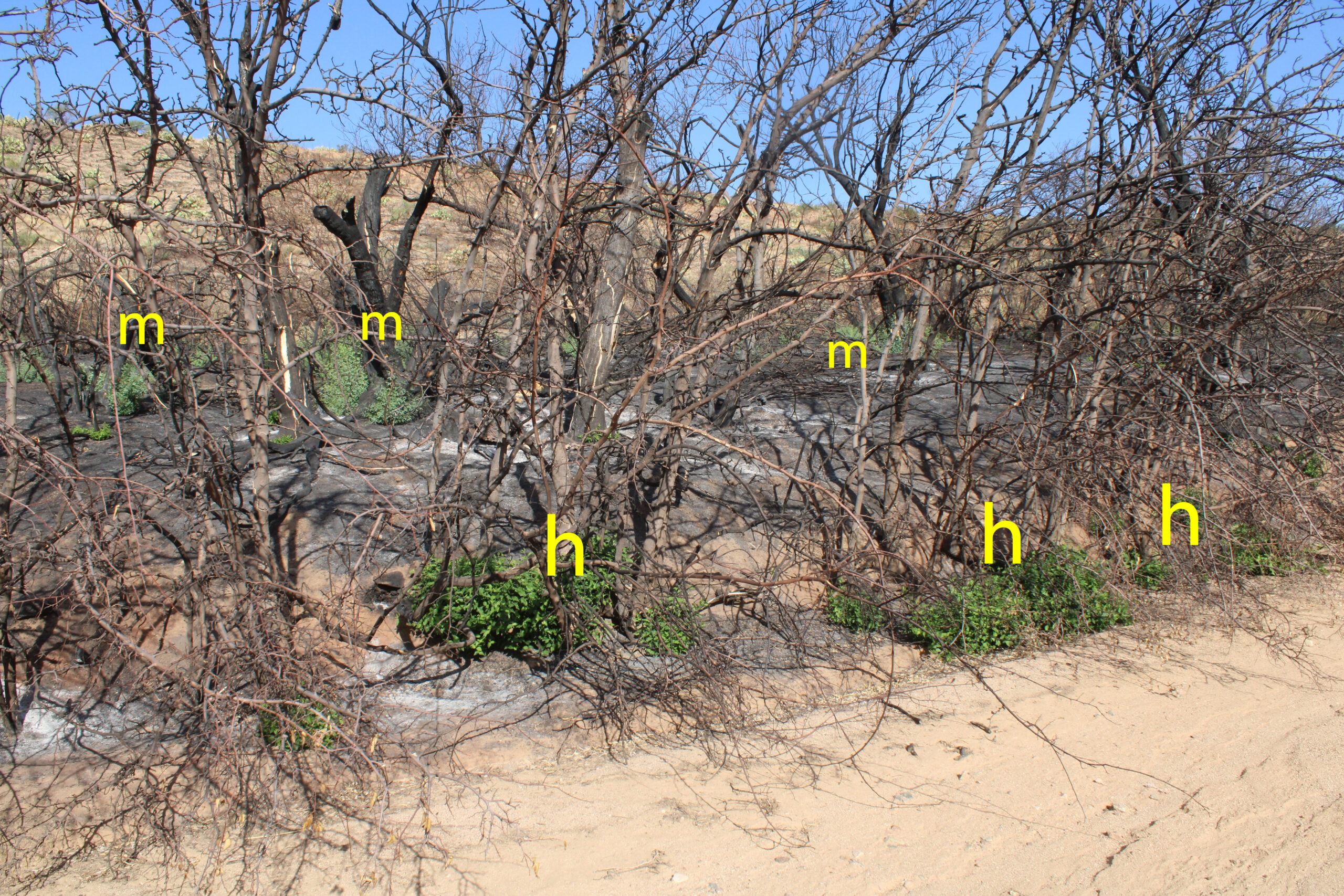Fire is an important part of many ecosystems. However, fewer plants and changes in soils can temporarily cause more run off and flooding. With time, most systems recover.
Fire Ecology - University of Arizona Fire Ecology
Wildland fire is a fundamental ecosystem process in most Western forests, woodlands, and grasslands. As such, understanding fire effects on ecosystems is crucial for both scientists and land managers. Fire interacts with vegetation composition and structure, and plays a key role in nutrient cycling, watershed hydrology, and carbon sequestration. Fire is a natural process commonly initiated by lightning, but humans have shaped fire regimes around the world for thousands of years, suppressing fire in some places while initiating fire in others. The study of fire as a biophysical process begins with and understanding of fire behavior: why and how do fires initiate, spread, and eventually extinguish, and what environmental conditions regulate how fires behave? Fire interactions with landscapes are the domain of fire effects, especially direct and indirect effects on vegetation and soils. Combinations of fire behavior and effects can lead either to maintenance of certain forms of vegetation, or shifts to new community types; for example, fire helps grasslands resist invasion by woody species, and frequent surface fires in dry and mixed forests play a key role in maintaining open stand structures that are more resistant to crown fire and resilient to drought. Contemporary fire management is moving toward sustainable, landscape-scale models that allow fire to maintain these and other key roles in ecosystem function, while protecting human assets and the built environment. Fire ecology and management represent growth areas for careers in land management and research for students in natural resources.
Links to Fire Impacts on Water
- https://woods.stanford.edu/news/wildfires-impact-water-quality - Wildfire's Impact on Water Quality. Article from Sanford University Institute for the Environment
Recovery after Fire - Tim Flood, Friends of the Aqua Fria National Monument
The pictures below show sprouting trees 2 months after the Badger Fire (Agua Fria National Monument) of June 2019).
m=mesquite; t=tamarisk; dw=desert willow; A=Arizona ash; h=hackberry





